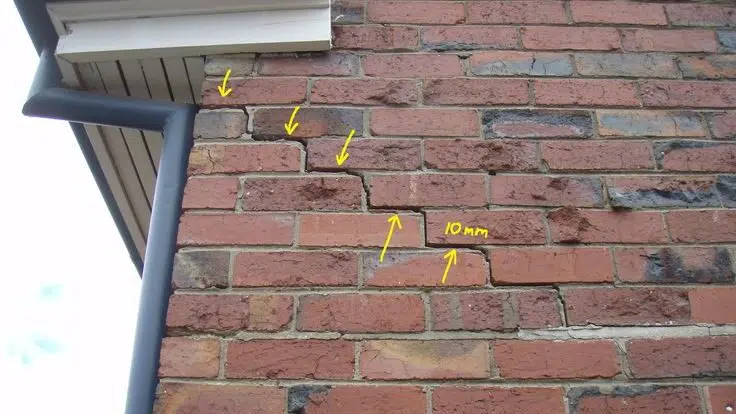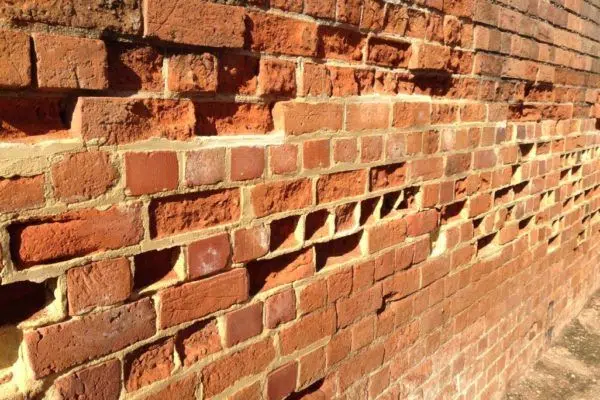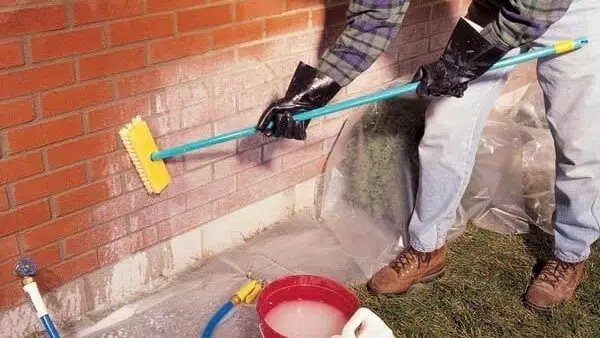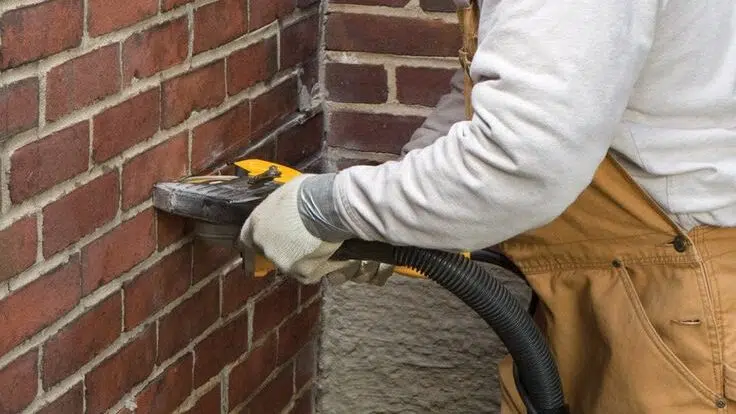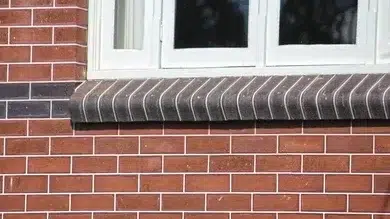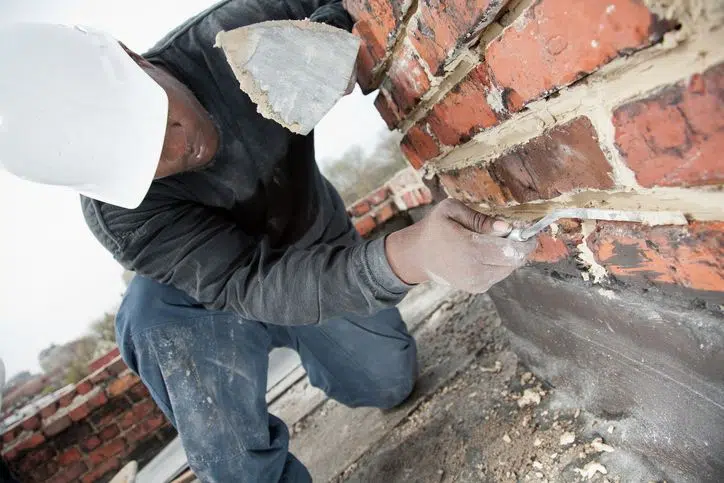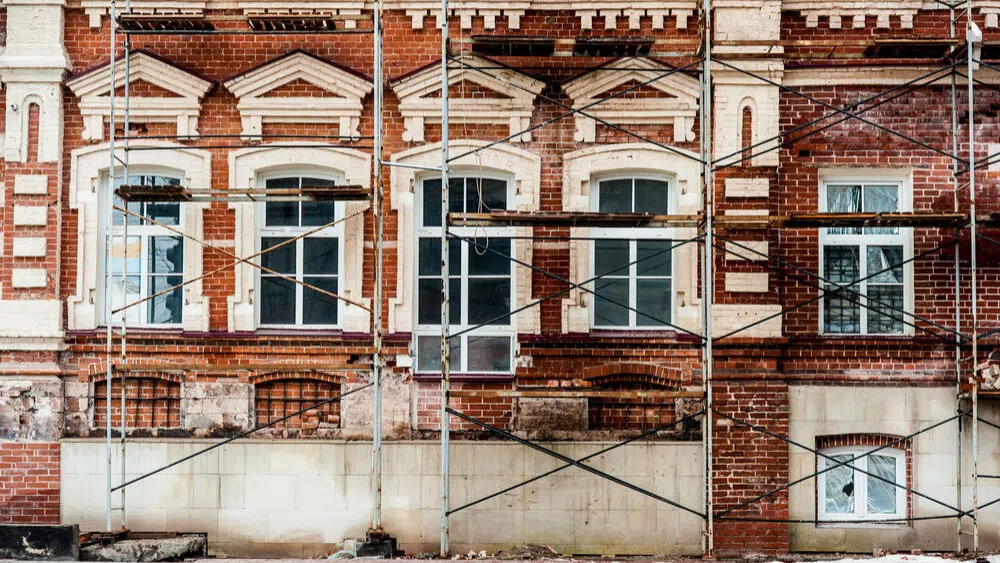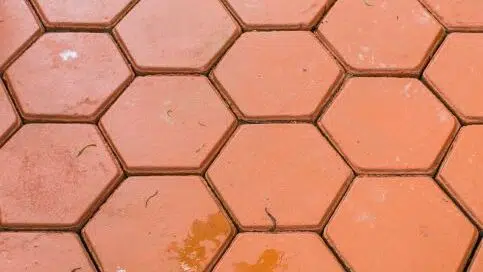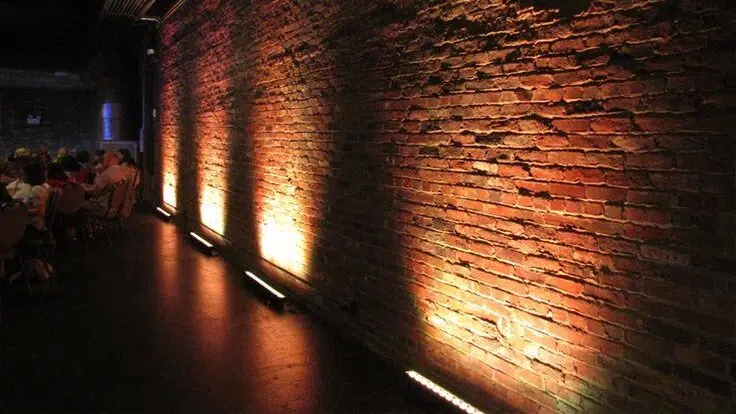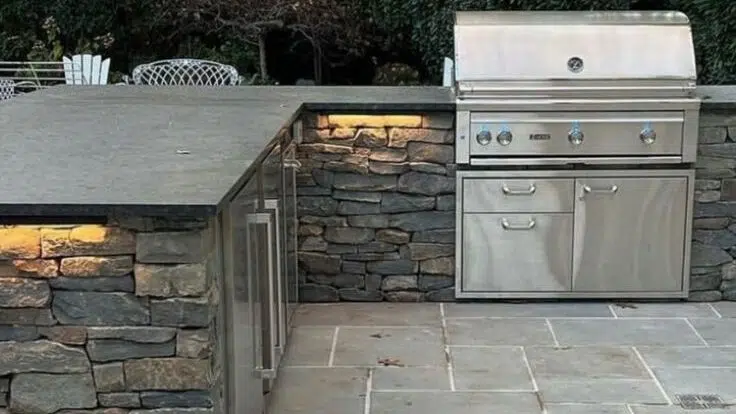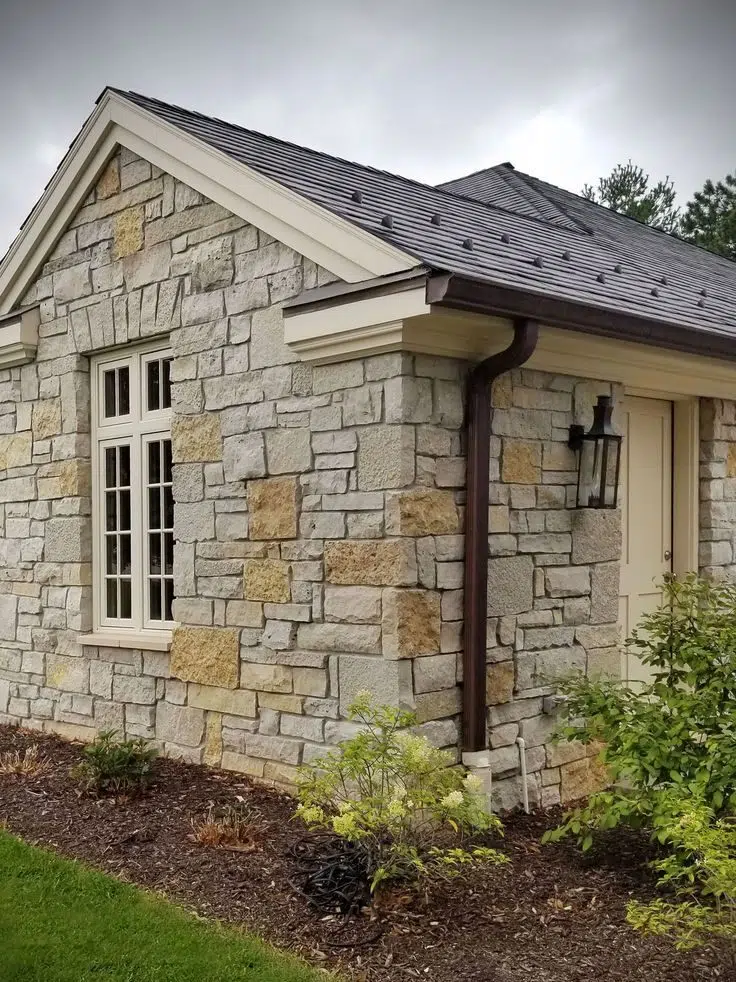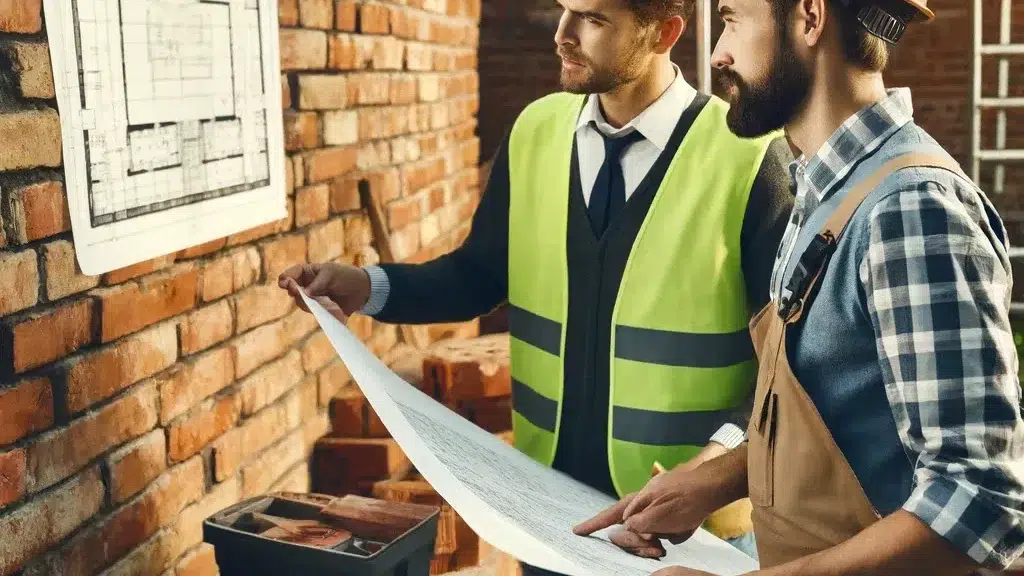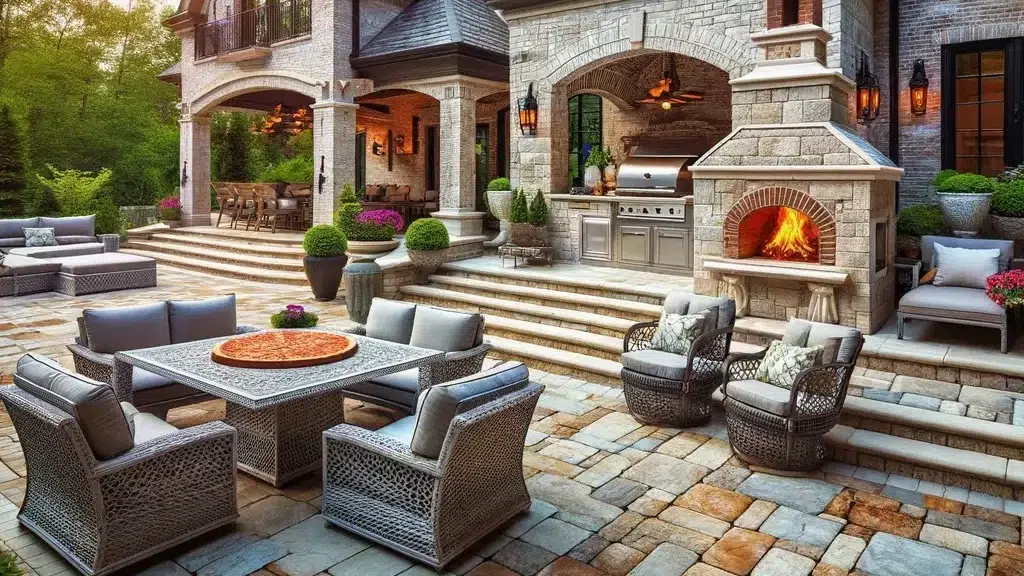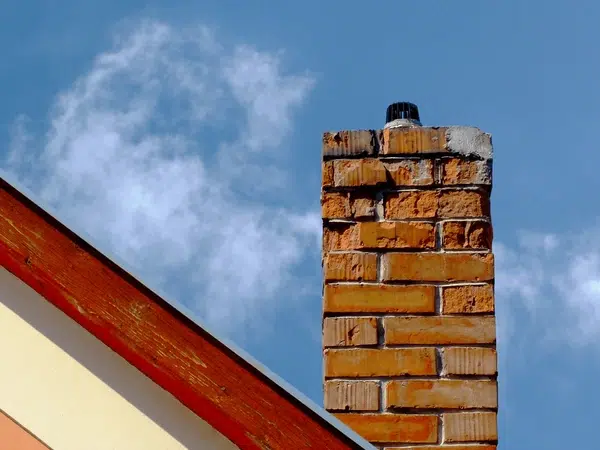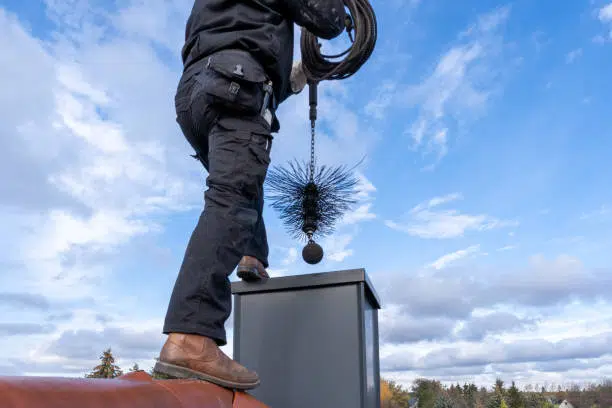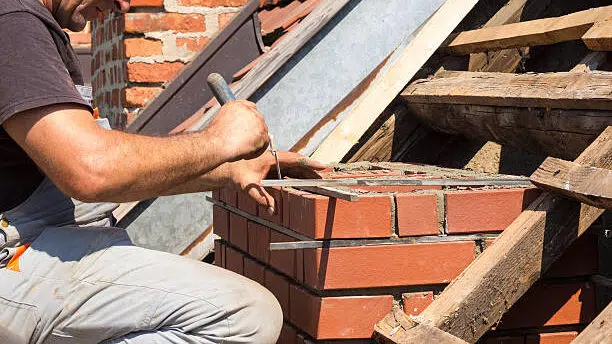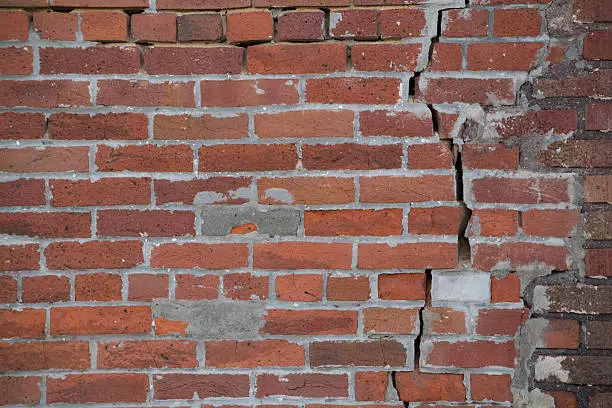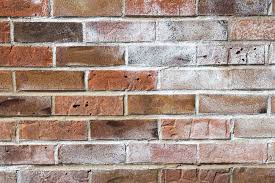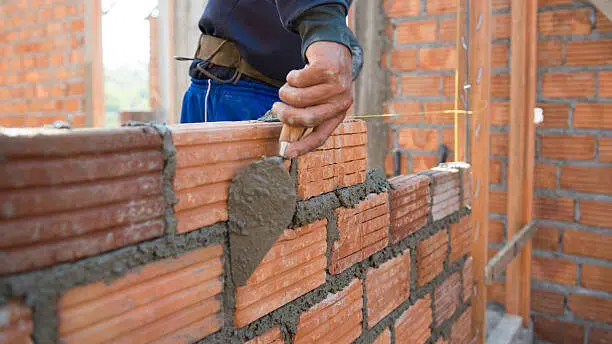The Importance of Regular Chimney Maintenance
Chimney upkeep is a must for homeowners. If you don’t, costly repairs and low efficiency can be the result. Maintenance should be regularly done to ensure safety and proper functioning. Inspections, cleanings, and repairs should be done by masonry experts to avoid hazardous chimney fires and keep it in good condition. Don’t ignore minor issues, as they can get worse.
It’s essential to be aware that repairing a damaged or poorly maintained chimney can be expensive. Therefore, regular maintenance is key to avoiding costly repairs. Good chimney condition also ensures proper ventilation, which helps with environmental preservation.
Did you know that installing a chimney cap can stop unwanted things from entering? This complete approach makes sure all parts are taken care of during inspections.
Pro tip: Get an experienced masonry expert to guarantee good maintenance services. Don’t forget – neglecting your chimney maintenance is like inviting Santa to a house fire!
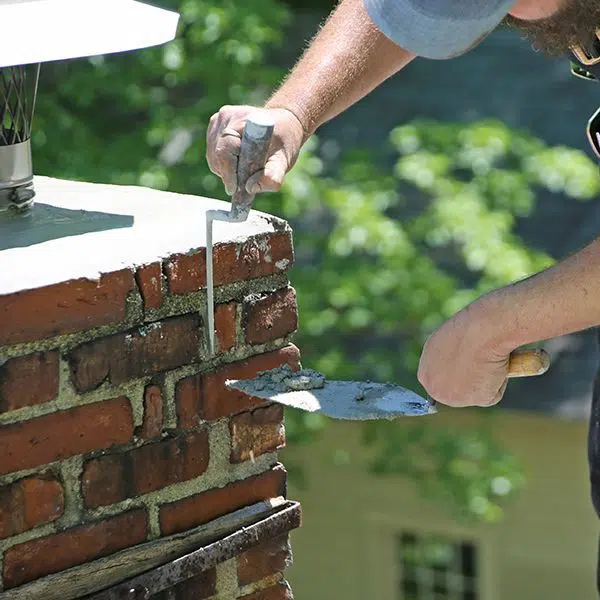
Factors That Affect Chimney Maintenance
To ensure cost efficiency in masonry, it is crucial to take care of your chimney. Understanding the factors that affect chimney maintenance, including creosote buildup, blockages, and structural damage, can save you from costly repairs. Dive into each sub-section to learn how you can prevent chimney problems and prolong the life of your chimney.
Creosote Buildup
Flammable, tar-like substances, formed from incomplete wood burning, can block airflow and cause chimney fires. This is known as creosote buildup. It depends on burning materials, frequency of use, air supply, and temperature. Tight homes with high-efficiency heating appliances may have more creosote due to low air circulation. Burning unseasoned wood can also increase creosote.
Regular maintenance is essential to reduce the risk of creosote-caused chimney fires. It’s recommended to get a chimney inspection once a year. Back in the 1700s, coal burning led to more chimney fires, which then required tools to make chimney maintenance easier. Today, technology continues to support safe and effective chimney maintenance.
Blockages
Ensure your chimney is not blocked! Blockages can cause severe damage and even carbon monoxide poisoning. Debris like twigs, leaves, or bird nests can create blockages. Regular inspection and removal of any objects from the chimney can prevent costly repairs and dangers.
Inappropriate fuels and chemicals can also cause blockages. These can lead to creosote buildup on the inside of your chimney walls, thus becoming hazardous. Use good quality fuel and maintain your heating equipment with regular cleaning of the chimney.
Also, mold and algae can grow inside a chimney, leading to blockages. These slimy things thrive in damp conditions like those found in chimneys not used regularly or exposed to rainwater. Any form of obstruction must be thoroughly dealt with by professionals.
Getting chimneys cleared by professionals can have long-term benefits. Chimney sweeps suggest getting it checked annually, even if you don’t use the fireplace regularly. In 2011, a Portland family luckily escaped injury due to a blocked chimney, but their house suffered over $70k worth of damage from delayed maintenance checks. So, regular checks are essential!
Structural Damage
Maintaining chimneys is essential to keep them working properly. Damage to the structure of chimneys can cause a variety of issues and dangers. These issues arise due to disruption in the balance of the chimney, weakening its performance and leading to structural damage.
There are various causes of structural damage, such as exposure to weather elements like rain, wind or heat. Harsh cleaning chemicals can also take a toll over time. Poor installation or damaged lining can make matters worse.
A potential hazard that is often overlooked is the risk associated with structural damage. Uncleaned and damaged chimneys may emit poisonous gases, which can be hazardous to the people living in the household. So, it is important to ensure the structural integrity of chimneys regularly.
Statistics from the Chimney Safety Institute of America (CSIA) reveal that in 2019, there were 22 thousand chimney fires in the USA alone. This resulted in 2 deaths, 30 injuries and property worth more than $125 million being damaged. This shows how important it is to maintain chimneys.
When it comes to chimney repairs, the cost can be a burden. But not fixing them can lead to a disastrous outcome.
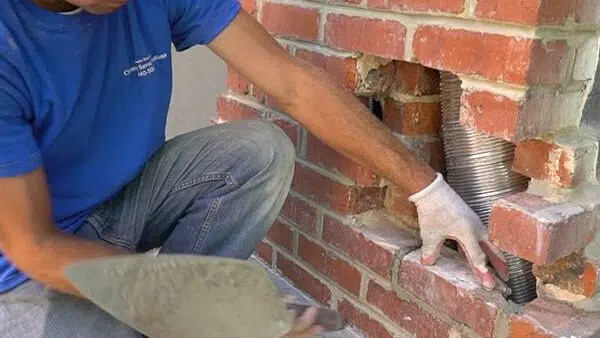
Common Chimney Repairs and Their Costs
To prevent costly chimney repairs, it is important to understand the common chimney repairs and their costs. By being aware of the potential issues and their expenses, you can take appropriate measures to avoid them. In the following sub-sections, we will discuss the solutions to three of the most common chimney repairs – chimney crown repair/replacement, chimney flue repair/replacement, and chimney cap repair/replacement.
Chimney Crown Repair/Replacement
The top of a chimney needs constant care to work well. Ignoring it could be bad for the chimney. Masonry repairs or replacements are needed to protect it from rain, animals, dirt and snow.
Chimney crowns are made of a cement mix and often put together by masons. They come in sizes up to 5 feet and come in cement mix or steel. Stainless steel is better against rough weather and needs less maintenance.
Repairs can cost between $150 to $1000. It depends on the size and how bad the damage is. Some people switch from concrete to a better material that resists age and weather.
Inspections are important. They can stop costly repairs later. A yearly maintenance bill is much cheaper than a complete rebuild. If your chimney is broken, call a professional. Don’t use duct tape!
Chimney Flue Repair/Replacement
Chimney flue need fixin’? Homeowners must recognize the importance of their chimney’s flue liner. Check for obstructions, like creosote build-up and debris. Repair or replace the flue to protect from hazardous gases entering the home.
Stainless steel pipe liners last long and cost less than terracotta tile liners. So most folks pick stainless steel for their chimney renovation. It can cost $2,500 to $5,500 for installation, depending on the damage.
Weathering and pests might have weakened the structure. If so, a full replacement may be needed. Delay in repairs brings health hazards and costly remodeling down the road.
Watch for signs like smokeback, soot, musty odors, and water stains. Contact a pro fast, before it’s too late!
Chimney Cap Repair/Replacement
When repairing or replacing your chimney cap, here’s what you need to know. It’s important to have a chimney cap; it stops debris, animals, and rain from getting in. Over time, it may get damaged and need to be replaced. This could affect the safety of your chimney. Here’s a 3-Step Guide:
- Remove the broken cap. Unscrew and remove any mortar.
- Clean the area. Get rid of any debris.
- Install a new cap. Make sure it fits securely.
It’s safest to hire a professional to do this job, as it involves heights. Consider getting a custom-made cap that fits and protects from pests and weather. Stainless steel caps are also a good option, as they’re durable and rust-resistant. Investing in regular maintenance can help avoid costs in the future. Clean chimneys bring peace of mind!
Benefits of Regular Chimney Maintenance
To maintain a healthy chimney with minimal repairs, you need to understand the benefits of regular chimney maintenance. Proper upkeep can prevent expensive disasters, increase safety, and add years to its lifespan. In this section, we will introduce three sub-sections: cost efficiency, safety, and increased chimney lifespan to demonstrate how regular maintenance can benefit you as a homeowner.
Cost Efficiency
Sticking to a regular upkeep routine saves money in the long run. A well-maintained chimney means efficient heating and improved energy efficiency. Neglecting maintenance can cause avoidable damages that cost more to repair.
Schedule appointments with a trusted professional! Spot potential issues before they become expensive disasters. Don’t forget, costs aren’t always financial. Ill-maintained chimneys bring toxins such as carbon monoxide, posing risks to inhabitants’ health.
Regular upkeep provides peace of mind for your family’s safety. I once knew someone who didn’t get their chimney swept for years. It ended in an expensive fire incident – both financially and emotionally. Taking care of your chimney is an investment – safeguarding your property and loved ones.
Regular chimney maintenance isn’t a horror movie guarantee, but it’s a start!
Safety
Regular chimney maintenance is vital for the safety of your home and family. Ignoring it can result in dangerous scenarios like chimney fires, carbon monoxide poisoning, and structural damage.
A well-maintained chimney reduces the danger of chimney fires caused by creosote buildup, blockages, or broken flues. Plus, regular check-ups can discover leaks or cracks in the flue liner that might result in carbon monoxide poisoning.
Don’t overlook structural damage to your chimney. Excessive moisture buildup could damage its base and lead to possible collapses. A well-maintained chimney increases home safety from risky issues throughout the year.
Pro Tip: Look for professional help to do routine maintenance on your chimney at least once a year. This not only saves you money but also provides your chimney with a longer lifespan than a Kardashian marriage.
Increased Chimney Lifespan
Keep up with regular chimney maintenance to extend its lifespan. Clean the chimney of debris and blockages to prevent damage. Repair minor issues before they become major ones for a more affordable fix. Inspections and maintenance checks ensure important variables are not causing wear and tear.
The NFPA 211 Standard recommends inspection at least once a year. Prevent gas leaks and a flue-cleaning process for blocked passages with DIY chimney maintenance tips. Save money and avoid a fiery situation.
DIY Chimney Maintenance Tips for Homeowners
To maintain your chimney’s efficiency and prevent costly repairs in the future, it’s important to perform regular maintenance. This section provides you with DIY chimney maintenance tips to help you save money in the long run. The sub-sections cover regular chimney inspections, proper chimney cleaning techniques, and chimney cap protection, offering you practical solutions to ensure your chimney remains functional and safe.
Regular Chimney Inspections
Checking your chimney is a must! It prevents costly damages and ensures your safety. Inspect for creosote, nests, and blockages that disrupt airflow. These can cause fire hazards and affect performance. Hire pros for cleaning and inspections at least once a year.
Besides that, keep an eye out for damage like rusting and major creosote buildup. Maintaining a chimney is key to avoid carbon monoxide poisoning and house fires. Don’t forget to check it regularly! Get your chimney as spotless as your conscience after cheating on a math test with these techniques.
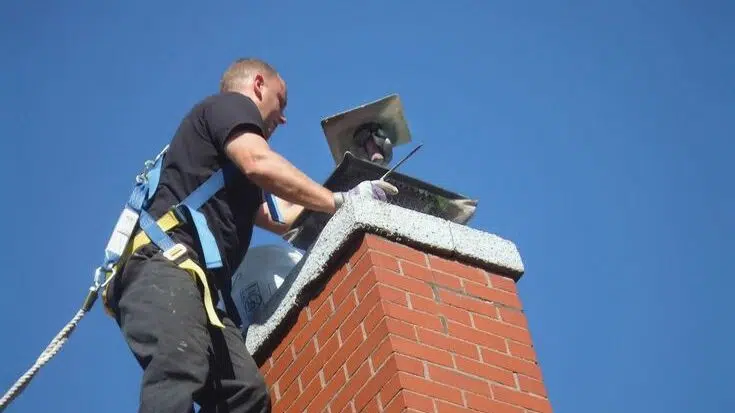
Proper Chimney Cleaning Techniques
Maintaining your chimney is super important for the safety and durability of your home. No blockages = no chimney fires or carbon monoxide poisoning. Here are 6 easy steps for proper chimney cleaning:
- Inspect it regularly: Check once a year, especially before winter. Look for cracks or loose bricks.
- Clear the roof surroundings: Before cleaning, get rid of debris, branches, and leaves.
- Clean out ashes: Using a shovel or vacuum cleaner, remove all ashes from the fireplace or stove.
- Clean the chimney flue: Use a brush with stiff bristles to clean off soot build-up.
- Remove creosote film buildup: Use creosote remover products that burn like a log to decompose the film.
- Check drafts positioning: Inspect the damper – open when cleaning or using the fireplace, close when not.
These steps help maintain your chimney, but consider an annual inspection by a professional chimney sweep to address complex issues. Chimneys date back to ancient Rome – don’t let yours sink like the Titanic! Invest in protection.
Chimney Cap Protection
Chimney Cap Maintenance: Protecting the cap is essential for your chimney’s longevity. Don’t overlook it – costly repairs or replacements might be the result. Here are four tips for maintaining your chimney cap:
- Clean it frequently – remove dirt, debris, and bird nests that can clog its ventilation.
- Inspect regularly – check for cracks or openings that can cause water damage and corrosion.
- Securely attach the cap – use proper fasteners to make sure it’s tight.
- Choose quality materials – opt for a metal or polymer-made cap to resist rust, heat stress and wear-and-tear.
For extra peace of mind, have a chimney professional check your chimney yearly. Invest in regular maintenance for financial savings and assurance. Don’t wait until smoke is coming out – get help before it’s too late.
When to Hire a Professional Chimney Sweep
To prevent costly repairs and keep your chimney functioning optimally, it is crucial to know when to hire a professional chimney sweep. Chimney repairs that are beyond a homeowner’s expertise can be dangerous if attempted without professional help. An annual chimney cleaning and inspection are also necessary, ensuring that small problems are identified before they become major expenses.
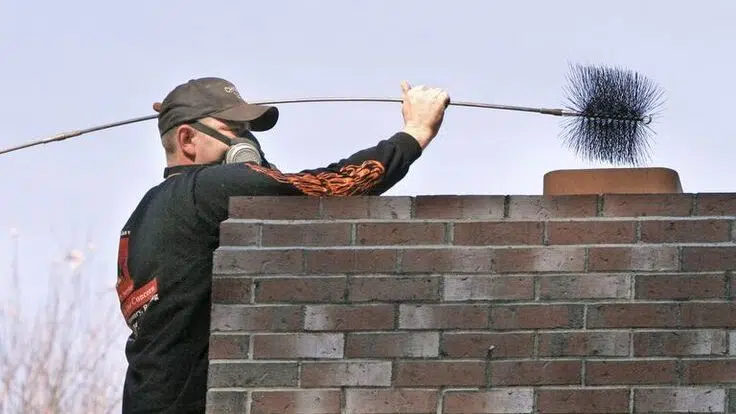
Chimney Repairs Beyond Homeowner’s Expertise
Homeowners who attempt chimney repairs may find themselves in over their head. Lack of knowledge and skills can lead to major damage like cracks and fractures, which are serious risks. Turning to a professional chimney sweep is the best solution. They have the right equipment and experience to do complex repairs safely and correctly. Furthermore, they make sure all damages are taken care of, giving homeowners peace of mind.
Inexperienced homeowners can unknowingly damage other parts of their house with a seemingly simple repair. A costly mistake could result from not having the necessary tools or knowledge. Homeowners should trust professionals to make sure all meets safety codes and works properly.
Hire a professional chimney sweep when repairs become tricky. Don’t gamble with fireplaces or chimneys – call a qualified professional now! Neglecting yearly chimney cleaning is like playing a game of ‘hot potato’ with your home – the potato is a potential fire and the outcomes could be disastrous.
Annual Chimney Cleaning and Inspection
Chimney maintenance is super important! Homeowners should get an annual inspection and cleaning with a pro to make sure their chimney is safe and energy efficient.
Here’s a 6-step guide:
- Inspect interior for creosote buildup
- Remove debris from the chimney cap
- Inspect the flue liner for damage or blockages
- Clean out ash, soot, and debris from the firebox and hearth area
- Check and clean fireplace components (inserts, dampers, etc.)
- Make essential repairs for optimal efficiency.
National Fire Prevention Week (Oct. 8th-9th) is a great time to get a yearly inspection. It’s like dental hygiene – don’t wait until you get a hefty bill!
Conclusion: The Importance of Regular Chimney Maintenance to Prevent Costly Repairs
It’s vital to comprehend that not caring for your chimney not only costs you money, but also jeopardizes safety. Chimney maintenance is a must to avoid pricey repairs. Ignoring the chimney can cause a variety of problems, resulting in major repairs that will empty your wallet. Timely inspections and cleaning by an experienced mason can detect and fix minor issues before they become serious. This precautionary measure guarantees cost effectiveness and peace of mind for homeowners.
Furthermore, investing in top-notch items like chimney caps and waterproofing sealants can lengthen the life of your chimney, helping you save money on expensive repairs later. Skilled contractors will look at various things like seasonal changes, animal activities, and weather conditions to advise suitable maintenance plans for your particular chimney needs.
A clogged or damaged chimney is a huge hazard when using fireplaces or woodstoves as it boosts the risk of house fires and carbon monoxide poisoning. For example, a client of ours neglected regular maintenance until his fireplace stopped working altogether. After inspecting, we found that considerable creosote build-up had caused blockage, leading to flue pipes overheating and cracking. The harm was irreparable, requiring full restoration at excessive costs. Regular maintenance could have easily prevented such a situation while ensuring cost efficiency.
To sum up, frequent chimney upkeep prevents pricey repairs and safeguards you against safety risks. Investing in routine inspections, cleaning by professional masonry experts together with quality products yields long-term benefits for homeowners.
Frequently Asked Questions
- Why is chimney maintenance important?
- Chimney maintenance is important to prevent costly repairs. Without regular cleaning and inspections, creosote buildup and debris can cause blockages, smoke and dangerous fumes can enter your home, leading to health hazards, fire risk, and expensive repairs.
- How often should I have my chimney inspected?
- The National Fire Protection Association recommends that you have your chimney inspected every year, especially if you use your fireplace regularly.
- Can I perform chimney maintenance myself?
- Although you can perform some basic maintenance tasks such as chimney cap cleaning, most chimney maintenance tasks require professional expertise in masonry. Therefore, to ensure an efficient and safe chimney and prevent costly repairs, it’s best to hire a professional mason to carry out maintenance.
- How can I save costs on chimney repairs?
- Regular chimney maintenance can help prevent costly repairs. Also, quick action on minor repairs can save you significant repair costs in the long run. It’s recommended that you schedule an annual inspection and prompt repairs of any identified problems to ensure the cost-effective functioning of your chimney.
- When should I call a professional to look at my chimney?
- If you notice visible signs of damaged bricks or mortar, water leaks, or the smell of gas, it’s time to call in a professional mason. Also, if you notice any unusual sounds like scratching, fluttering or chirping noises from inside the chimney, it could be a sign of animal infestation, and you need to call an experienced animal removal specialist.
- What are the consequences of ignoring chimney maintenance?
- Neglecting chimney maintenance leads to severe consequences such as fire risk, breathing hazards, and costly repairs. Blockage in the chimney can lead to carbon monoxide poisoning, which can cause severe illness and even death. Additionally, it increases the chances of chimney fires, which can cause significant damage to your property and even result in fatalities.


